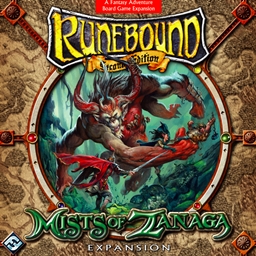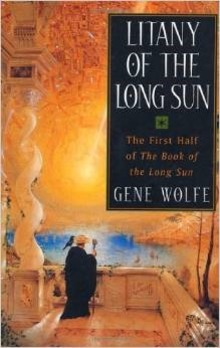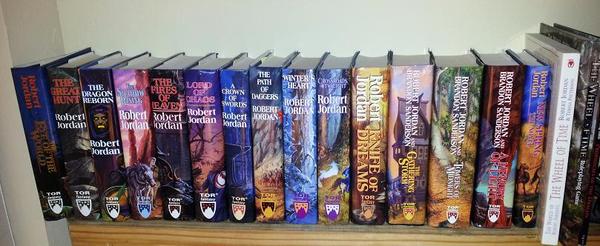The Public Life of Sherlock Holmes: Vincent Starrett’s intro to The Adventures of Solar Pons
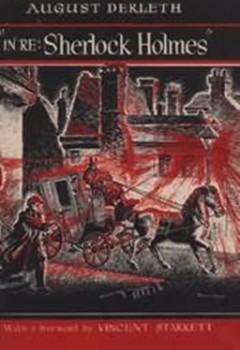 I received my DVD of Ian McKellan’s Mr. Holmes in the mail and anxiously popped it into the player, with the expectation that I would be writing about it for this week’s post. I fell asleep during the first try. Hey: I’m 48 years old and by the time my son is asleep and I settle down in front of the television, I’m near my own bedtime. It happens.
I received my DVD of Ian McKellan’s Mr. Holmes in the mail and anxiously popped it into the player, with the expectation that I would be writing about it for this week’s post. I fell asleep during the first try. Hey: I’m 48 years old and by the time my son is asleep and I settle down in front of the television, I’m near my own bedtime. It happens.
It took two further sessions to complete the film. It was such a disappointment that I’m not going to do a review. At least, not for a while. It’s a fair British melodrama, but as to the elements I look for in a Holmes movie, sadly lacking. I’ll note that most of my Holmes friends really liked it, so I’m in the minority. But that’s how I saw it.
Which left me with a hole in the schedule. An overview of Otto Penzler’s Sherlock Holmes Library (a nine-book collection of some classic Holmes writings from yesteryear) is high on my list. But I’ve still got some re-reading to do before that’s a go.
So, glancing over my shelves, my eyes, of course, wandered towards Solar Pons. Noted Sherlockian Vincent Starrett wrote the introduction to the first Pons short story collection, In Re: Sherlock Holmes – The Adventures of Solar Pons. I talked about the Doyle sons’ attempt to stop publication of that book in a prior post.
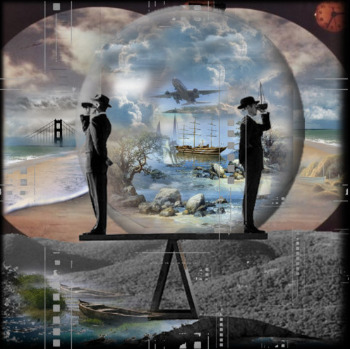

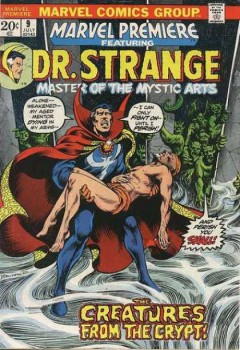 In a
In a 